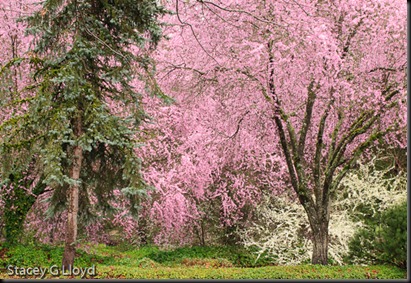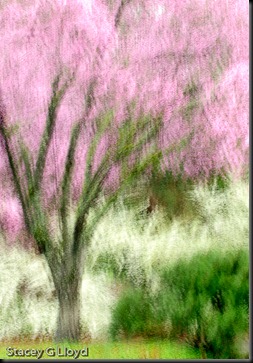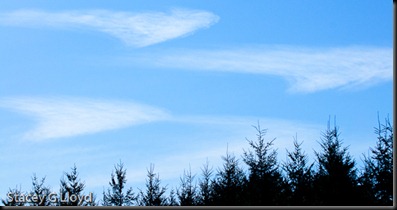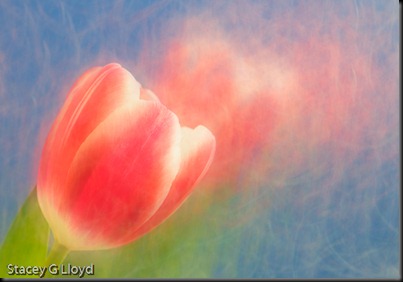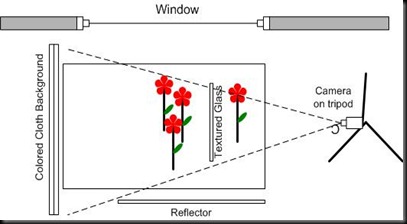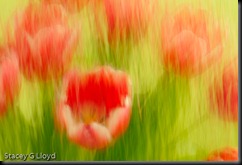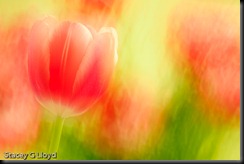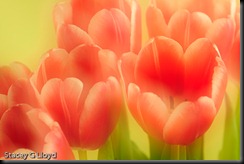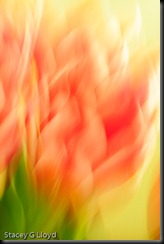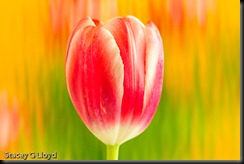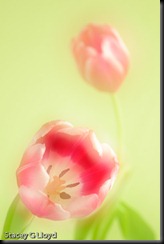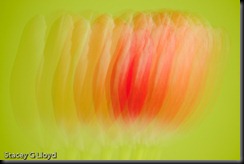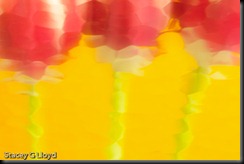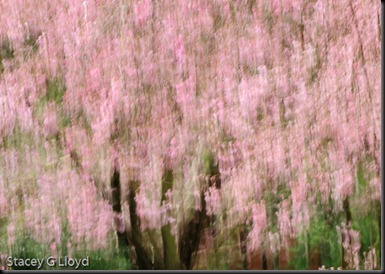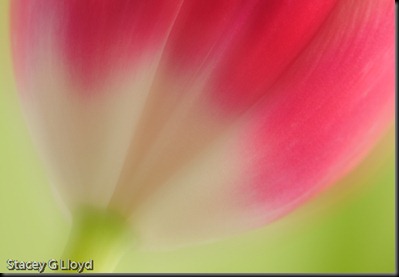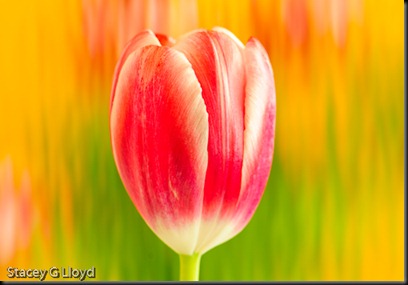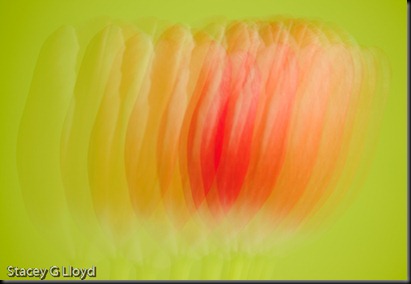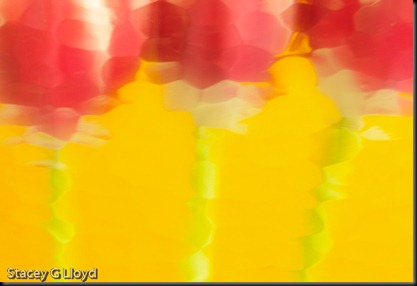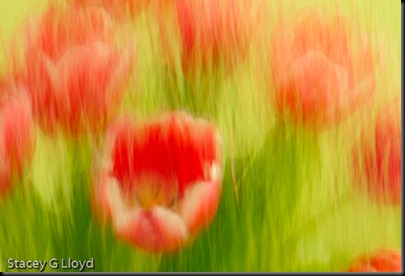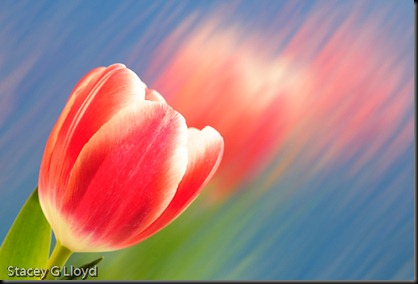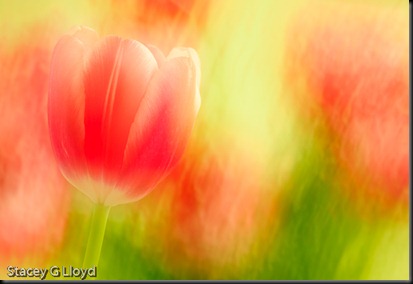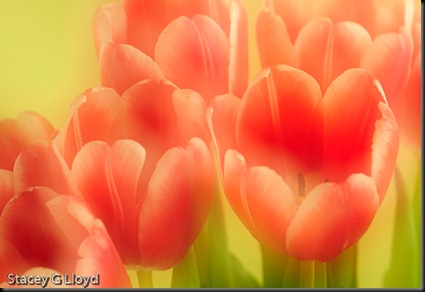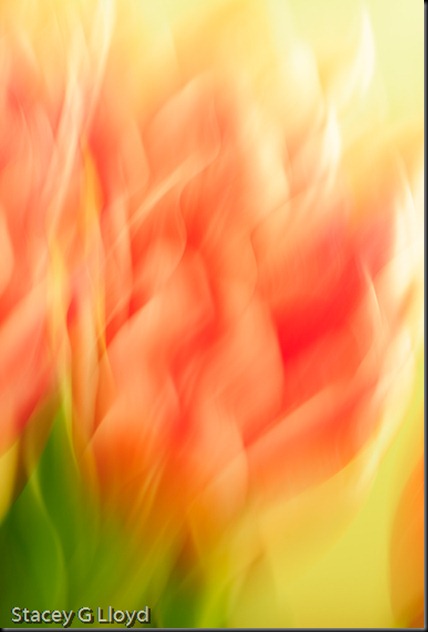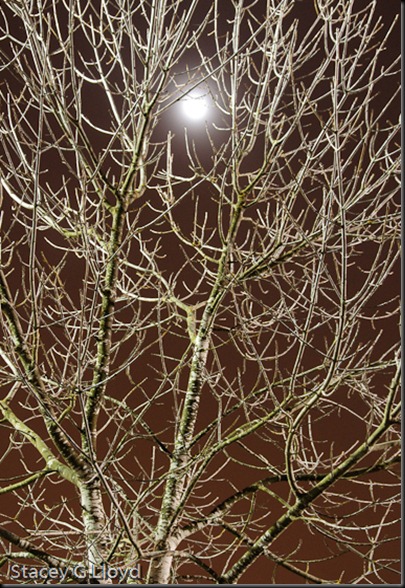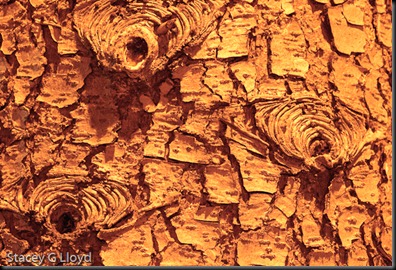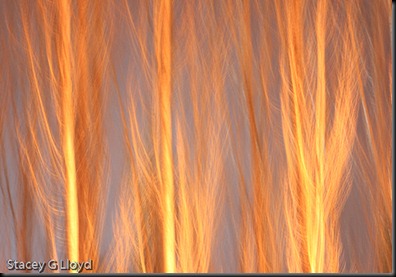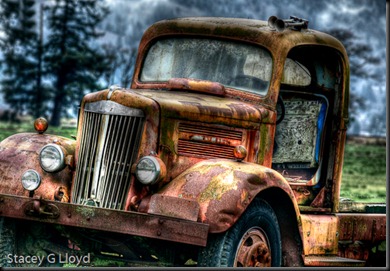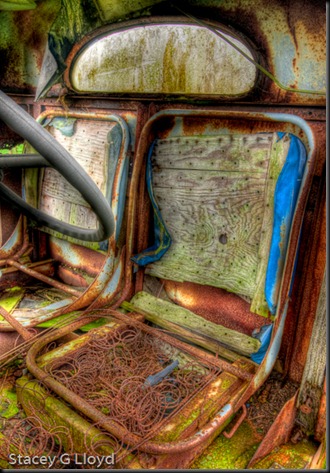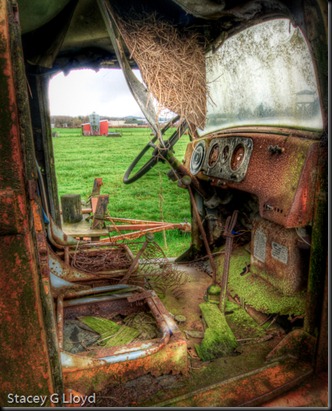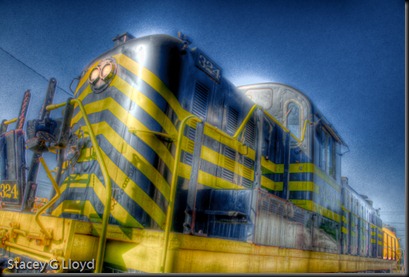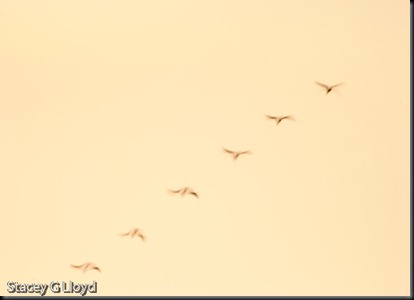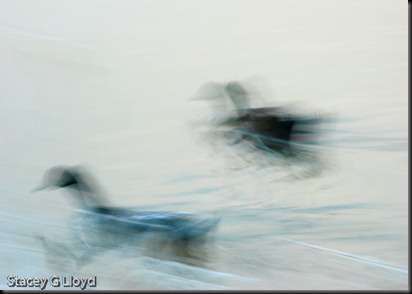 As I probably said last year, spring is one of those great times for photography: a lot of color, subjects everywhere and it is spring! Here are a couple of images trying to capture the excitement and beauty of spring.
As I probably said last year, spring is one of those great times for photography: a lot of color, subjects everywhere and it is spring! Here are a couple of images trying to capture the excitement and beauty of spring.
A couple of suggestions:
- Use a polarizer to saturate the color.
- Shoot just after rain or when things are wet to bring out the color even more.
- Diffused light from a cloud cover is often best – but not always (you might want blue skies).
- Experiment and have fun.
You may have noticed these are similar to my fall color suggestions.
Blog images:
1) Mirrored image with a bit of Nik Glamour Glow. Nice surprise cross in the image.
2) 9 exposures pivoting the camera slightly on a point on the tree trunk.
3) Just a straight shot. My favorite of the set.
4) 9 exposures moving the camera up and down slightly between exposures.


